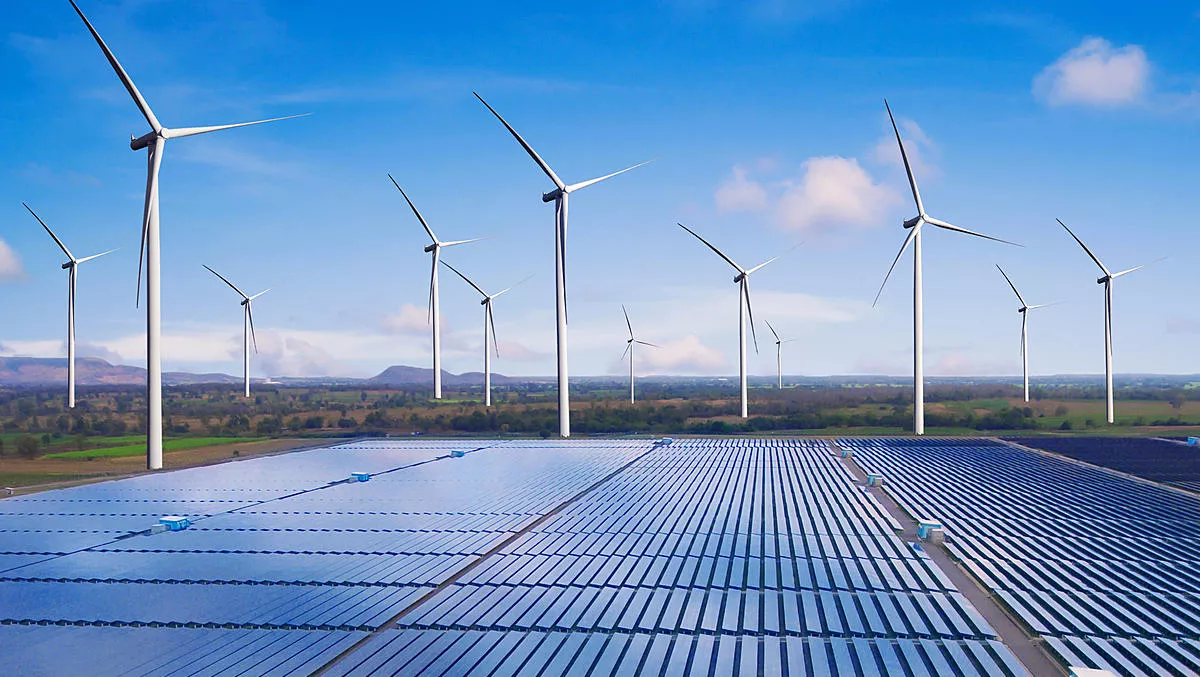
Google unveils ambitious plan for '24/7 carbon-free data centres'
Google has today announced it is working closely with carbon-free energy sources to transform its data centers around the world into '24/7 carbon-free' facilities.
The company says last year marked the third year the company matched their energy usage with 100% renewable energy purchases.
Data Centers globally, however, use a gargantuan amount of energy every year, and according to Google itself, most data centers use almost as much non-computing or "overhead" energy (like cooling and power conversion) as they do to power their servers.
Data from Statista indicates that Google's energy consumption has increased substantially in the last decade. In 2011 the company used 2,800 gigawatt hours – this increased 269% to 10,573 gigawatt hours in 2018.
So what's Google doing about it?
Google says their latest advancement in sustainability, developed by a small team of engineers, is a new carbon-intelligent computing platform.
The company says it has designed and deployed this system for its largest data centers to shift the timing of many compute tasks to when low-carbon power sources, like wind and solar, are most plentiful.
This is done without additional computer hardware and without impacting the performance of Google services like Search, Maps and YouTube that people rely on around the clock.
Shifting the timing of non-urgent compute tasks—like creating new filter features on Google Photos, YouTube video processing, or adding new words to Google Translate—helps reduce the electrical grid's carbon footprint, says Google.
"Each day, at every Google data center, our carbon-intelligent platform compares two types of forecasts for the following day," says Google technical lead for carbon-intelligent computing Ana Radovanovic.
"One of the forecasts, provided by our partner Tomorrow, predicts how the average hourly carbon intensity of the local electrical grid will change over the course of a day.
"A complementary Google internal forecast predicts the hourly power resources that a data center needs to carry out its compute tasks during the same period," says Radovanovic.
"Then, we use the two forecasts to optimise hour-by-hour guidelines to align compute tasks with times of low-carbon electricity supply.
Google says early results demonstrate carbon-aware load shifting works.
"Results from our pilot suggest that by shifting compute jobs we can increase the amount of lower-carbon energy we consume," says Radovanovic.
The first version of this carbon-intelligent computing platform focuses on shifting tasks to different times of the day, within the same data center, according to Google.
But, it's also possible to move flexible compute tasks between different data centers, so that more work is completed when and where doing so is more environmentally friendly.
"Our plan for the future is to shift load in both time and location to maximise the reduction in grid-level CO2 emissions," says Radovanovic.
"Our methodology, including performance results of our global rollout, will be shared in upcoming research publications.
"We hope that our findings inspire other organizations to deploy their own versions of a carbon-intelligent platform, and together, we can continue to encourage the growth of carbon-free electricity worldwide.


